- Home
- About Us
- Products
- TD High-efficiency And Energy-saving Circulating Pump
- TD High-efficiency And Energy-saving Circulating Pump Accessories
- Pipeline Pump
- Pipeline Pump Accessories
- Sewage Pump
- Sewage Pump Accessories
- LG Multi-stage Pump
- LG Multi-stage Pump Accessories
- Cooling Tower Circulation Pump
- Electric Motor
- Electric Motor Accessories
- News
- Contact Us
- Home
- About Us
- Products
- TD High-efficiency And Energy-saving Circulating Pump
- TD High-efficiency And Energy-saving Circulating Pump Accessories
- Pipeline Pump
- Pipeline Pump Accessories
- Sewage Pump
- Sewage Pump Accessories
- LG Multi-stage Pump
- LG Multi-stage Pump Accessories
- Cooling Tower Circulation Pump
- Electric Motor
- Electric Motor Accessories
- News
- Contact Us
Web Menu
- Home
- About Us
- Products
- TD High-efficiency And Energy-saving Circulating Pump
- TD High-efficiency And Energy-saving Circulating Pump Accessories
- Pipeline Pump
- Pipeline Pump Accessories
- Sewage Pump
- Sewage Pump Accessories
- LG Multi-stage Pump
- LG Multi-stage Pump Accessories
- Cooling Tower Circulation Pump
- Electric Motor
- Electric Motor Accessories
- News
- Contact Us
Product Search
Exit Menu
What are the considerations for installing a sewage pump?
Installing a sewage pump requires careful planning and consideration of several factors to ensure proper functionality, efficiency, and safety. Here are some key considerations for installing a sewage pump:
Determine the specific requirements of the sewage pumping system based on factors such as flow rate, head pressure, and the volume of wastewater to be pumped. Consider the layout of the sewage system, including the location of collection points, gravity sewer lines, and discharge points.
Select a sewage pump that meets the requirements of the application, including capacity, head pressure, and compatibility with the type of waste and debris to be handled. Consider factors such as pump size, horsepower, and construction materials based on the size and scale of the system.
Choose an appropriate location for installing the sewage pump, taking into account factors such as accessibility, proximity to the source of wastewater, and space constraints. Ensure that the installation site provides adequate ventilation, drainage, and electrical connections.
Prepare a stable foundation or mounting surface for the sewage pump to ensure proper alignment, support, and vibration control. Use suitable materials such as concrete pads or mounting brackets to secure the pump in place and minimize movement during operation.

Ensure that the electrical supply meets the requirements of the sewage pump, including voltage, phase, and current ratings. Install electrical wiring, conduit, and junction boxes according to local building codes and safety regulations, and provide appropriate grounding and surge protection.
Install plumbing connections, including inlet and outlet pipes, check valves, and fittings, to connect the sewage pump to the wastewater system. Use corrosion-resistant materials such as PVC, stainless steel, or cast iron to prevent leaks and ensure long-term durability.
Install a control system or pump controller to monitor and regulate the operation of the sewage pump. Consider options such as float switches, pressure sensors, or level sensors to automate pump activation and shutdown based on wastewater levels.
Provide adequate ventilation and odor control measures to prevent the buildup of gases and foul odors in the vicinity of the sewage pump. Install vent pipes or vents to release trapped air and gases safely outdoors, and consider adding odor-reducing additives or filtration systems to minimize odors.
Incorporate safety features such as pump alarms, emergency shutdown switches, and overload protection devices to prevent accidents and mitigate risks associated with pump malfunctions or failures.
Ensure compliance with local building codes, zoning regulations, and environmental standards governing the installation and operation of sewage pumps. Obtain necessary permits and approvals from regulatory authorities before beginning the installation process.
By considering these factors and following best practices for installation, sewage pump systems can be installed efficiently and effectively, providing reliable wastewater management for residential, commercial, and industrial applications.
Related Products
-

TD high-efficiency energy-saving circulation pump vertical base
Cat:TD High-efficiency And Energy-saving Circulating Pump Accessories
A vertical base is a pedestal used to support and secure a vertical TD...
See Details -

Horizontal pipeline pump
Cat:Pipeline Pump
ISW series single-stage single-suction horizontal centrifugal pumps ar...
See Details -
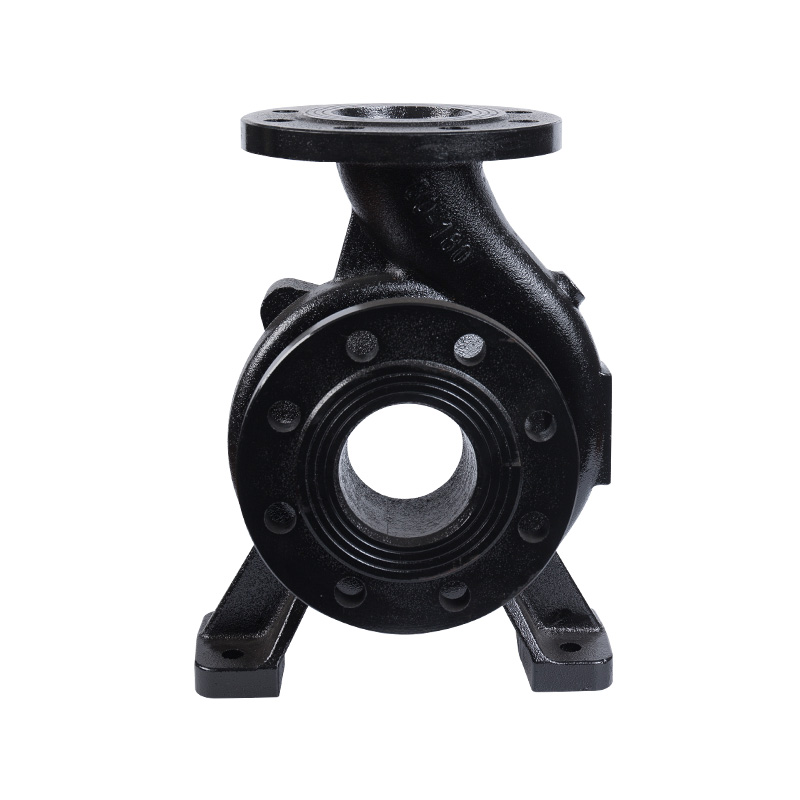
Horizontal pipeline pump body
Cat:Pipeline Pump Accessories
The pump body consists of two main parts: suction chamber and pressure...
See Details -
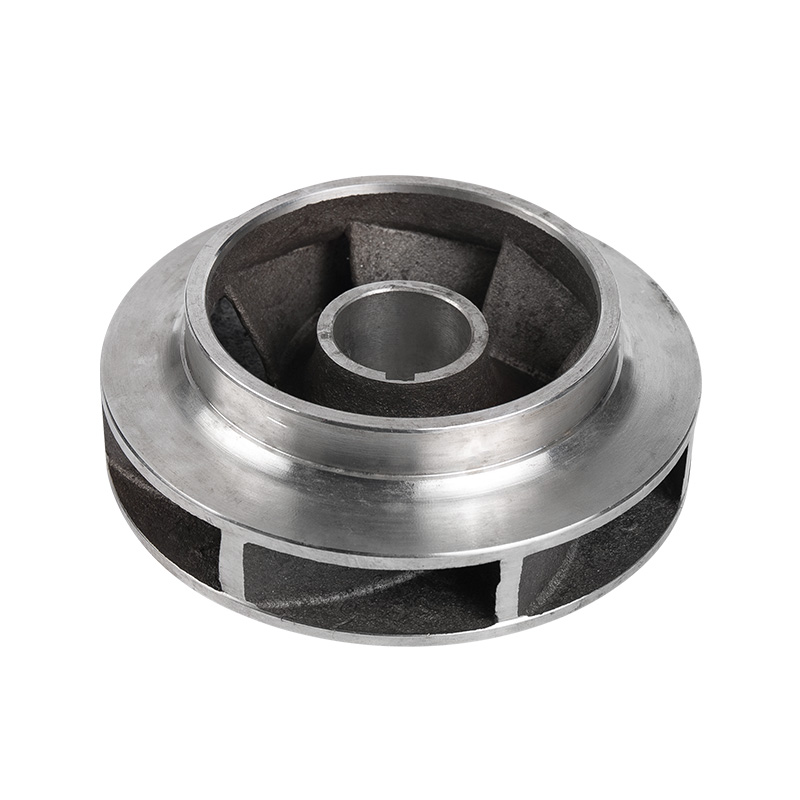
Pipe pump stainless steel impeller
Cat:Pipeline Pump Accessories
Stainless steel impeller material is stainless steel, it is not easy t...
See Details -
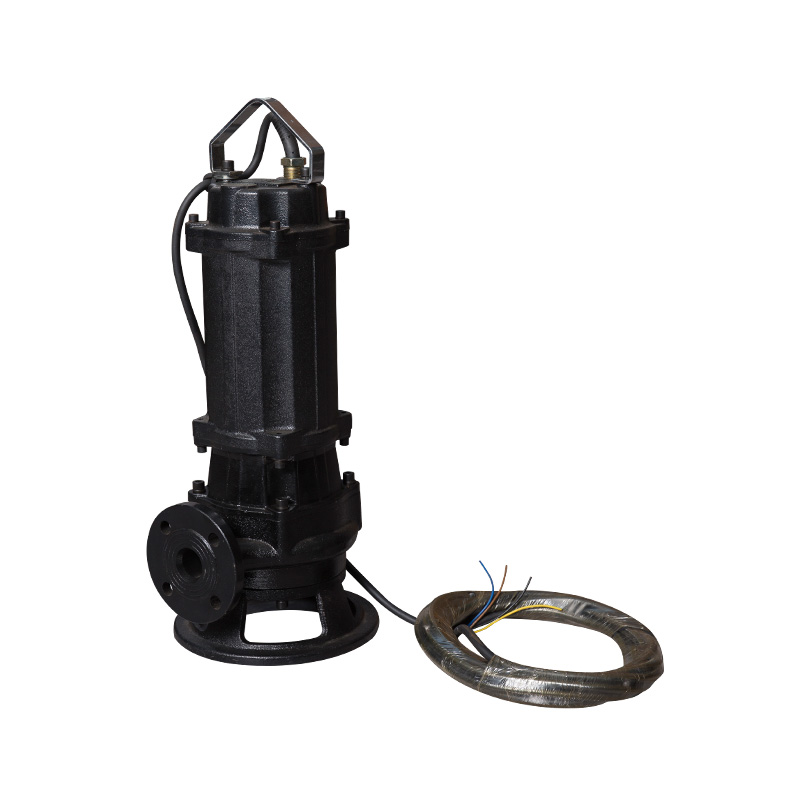
Ordinary sewage pump
Cat:Sewage Pump
1. Our WQ-type general sewage pump adopts a large flow channel anti-cl...
See Details -
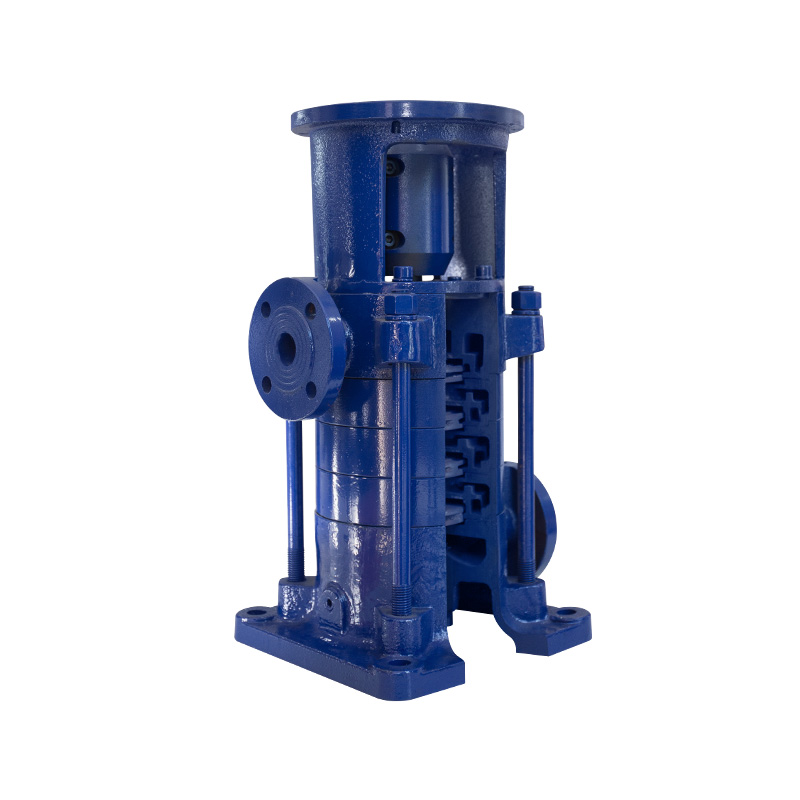
LG multistage pump 100 series
Cat:LG Multi-stage Pump
Product features 1. Compact structure, small volume, small footprint. ...
See Details -

LG multi-stage pump middle section
Cat:LG Multi-stage Pump Accessories
The middle section is the main part of the pump body, responsible for ...
See Details -
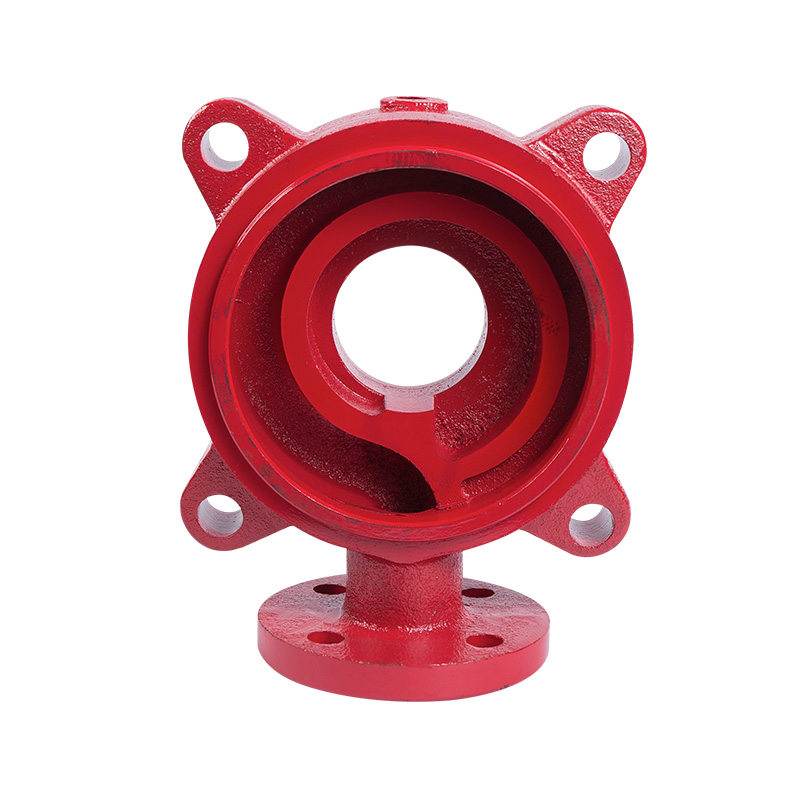
LG multi-stage pump water outlet section
Cat:LG Multi-stage Pump Accessories
The outlet section is the outlet part of the pump, which is responsibl...
See Details -

LG multi-stage pump water bearing
Cat:LG Multi-stage Pump Accessories
Water bearings are a special type of bearings commonly used in multi-s...
See Details -
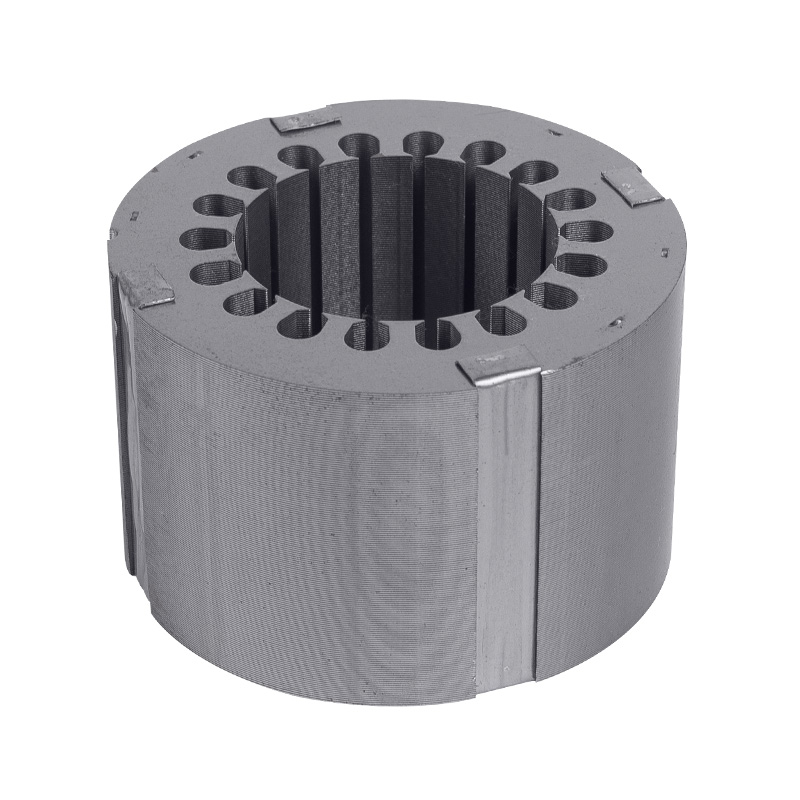
Motor core stator and rotor
Cat:Electric Motor Accessories
A common motor structure, the stator is fixed by the iron core structu...
See Details
- TD High-efficiency And Energy-saving Circulating Pump
- TD High-efficiency And Energy-saving Circulating Pump Accessories
- Pipeline Pump
- Pipeline Pump Accessories
- Sewage Pump
- Sewage Pump Accessories
- LG Multi-stage Pump
- LG Multi-stage Pump Accessories
- Cooling Tower Circulation Pump
- Electric Motor
- Electric Motor Accessories
-

+86-0563-2251312
-

+86-0563-2251311
-

+86-139 6620 0379
-

-

No.43 Guohua Road, Guangde Economic Development Zone, Xuancheng City, Anhui Province, China

